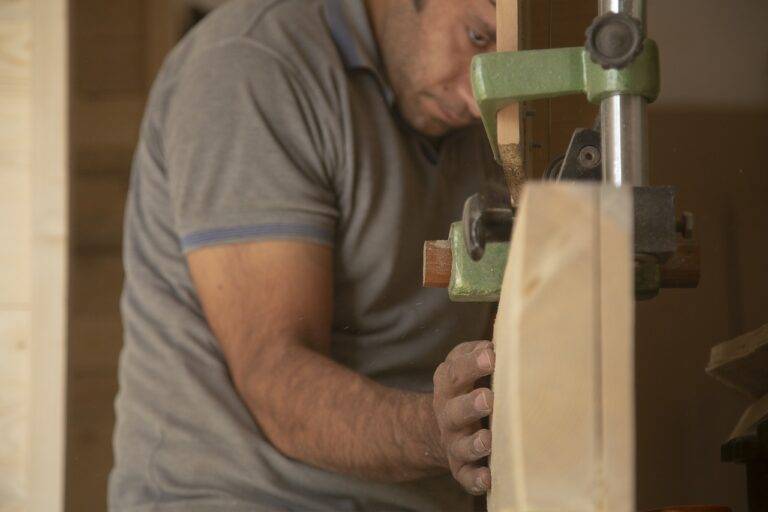Spotlight on Indigenous Jewelry Traditions from Around the World: Diamondexch999.com login, Skyexchange sign up, Ready book club login
diamondexch999.com login, skyexchange sign up, ready book club login: Spotlight on Indigenous Jewelry Traditions from Around the World
When it comes to jewelry, there is a rich history of traditions and craftsmanship that have been passed down through generations in indigenous cultures around the world. From intricate beadwork to stunning metalwork, these jewelry traditions tell stories of heritage, culture, and craftsmanship. Let’s take a closer look at some of these traditions from different corners of the globe.
North America: Native American Tribes
The Native American tribes of North America have a long-standing tradition of creating stunning pieces of jewelry that showcase their cultural heritage. Each tribe has its unique style and materials, ranging from turquoise and silver in the Southwest to quillwork and beadwork in the Plains and Eastern Woodlands.
Central and South America: Mayan and Aztec Cultures
The ancient civilizations of the Maya and Aztec peoples in Central and South America were known for their intricate goldwork and jewelry making. Gold was a precious metal that held spiritual significance, and their jewelry often featured intricate designs inspired by nature and deities.
Africa: Maasai Tribe
The Maasai tribe in Kenya and Tanzania is known for their vibrant beadwork jewelry. Traditionally, Maasai women create intricate beaded necklaces, bracelets, and earrings using a variety of colorful beads. Each bead color and pattern has a specific meaning within their culture, making their jewelry both beautiful and symbolic.
Asia: Indian Tribes
In India, various tribes have their unique jewelry traditions. For example, the Banjara tribe is known for their elaborate silver jewelry decorated with intricate patterns and motifs. The Lambani tribe creates stunning embroidery jewelry using mirrors, beads, and colorful threads.
Australia: Aboriginal Peoples
Aboriginal peoples in Australia have a long history of creating jewelry using natural materials like seeds, shells, and feathers. Their designs often reflect their connection to the land and the spiritual beliefs of their ancestors.
Europe: Sami People
The Sami people of northern Europe, traditionally nomadic reindeer herders, are known for their distinctive jewelry made of materials like reindeer antler, bone, and silver. Their designs are often inspired by nature and their environment, with intricate patterns and symbols woven into their pieces.
Inuit: Arctic Indigenous Peoples
The indigenous peoples of the Arctic, such as the Inuit, have a tradition of creating jewelry using materials like bone, ivory, and stone. Inuit jewelry often features symbols of animals, nature, and their spiritual beliefs.
FAQs
Q: Are indigenous jewelry traditions still relevant today?
A: Yes, indigenous jewelry traditions are still very much alive and continue to be passed down through generations. Many indigenous artists are finding new ways to interpret traditional designs while incorporating modern techniques and materials.
Q: Where can I buy authentic indigenous jewelry?
A: You can find authentic indigenous jewelry at cultural centers, museums, and online stores that support indigenous artisans. It’s essential to purchase jewelry from reputable sources to ensure that the artisans are fairly compensated for their work.
Q: Can I learn more about indigenous jewelry making techniques?
A: Yes, many organizations offer workshops and classes on traditional indigenous jewelry making techniques. This is a great way to learn about the cultural significance of different designs and materials while supporting indigenous artisans.
In conclusion, the world is full of diverse and vibrant indigenous jewelry traditions that reflect the rich heritage and culture of different peoples. By learning about and supporting these traditions, we can appreciate the artistry and craftsmanship of indigenous artisans while preserving their cultural legacy for generations to come.







